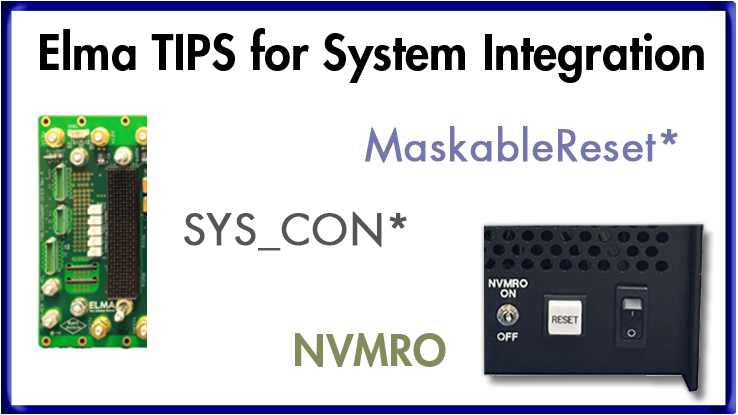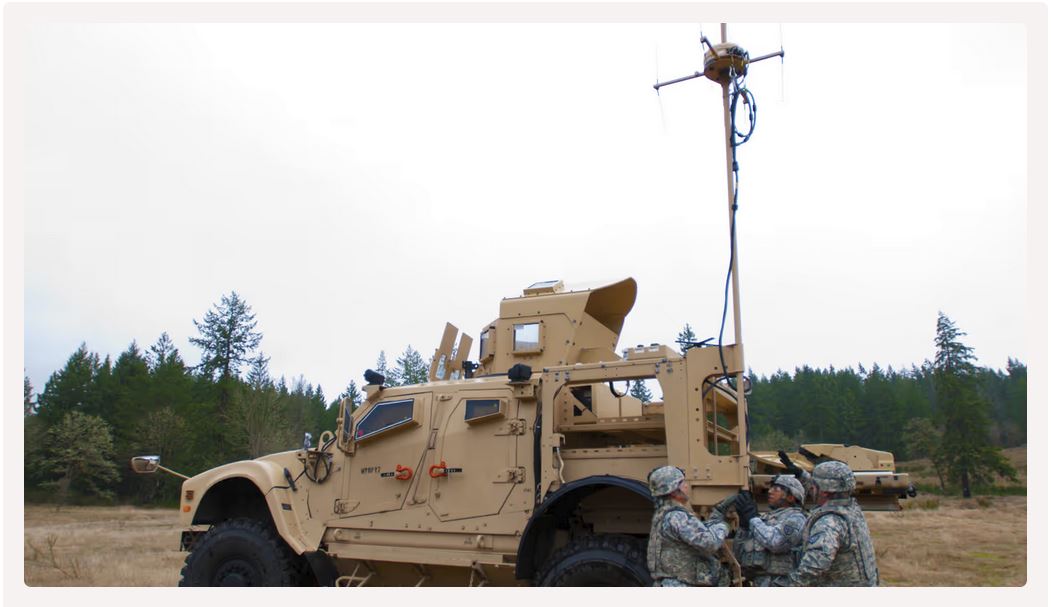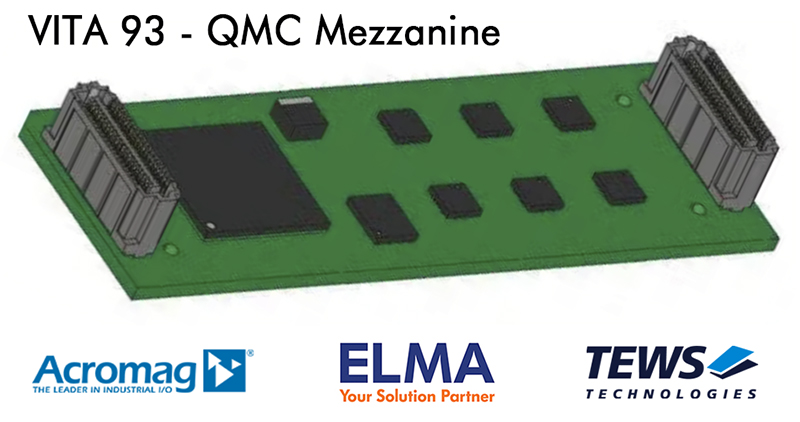
In this TIP, we address another commonly asked question: what is Geographical Addressing and how do you use it?

Electronics are increasingly finding themselves in challenging environments and still be reliable. Getting the right cabinet design is how you keep them running.

What the heck are SYS_CON*, NVMRO, and MaskableReset*? | Elma TIPS for VPX System Integration
Aug 28
2025
In this Elma TIP, we tackle basic starting points for VPX system integration. Customers often ask us what are SYS_CON*, NVMRO, and MaskableReset*, or why isn't my system working. Often, it turns out to be an issue with these 3 backplane signals.

Chassis management significantly increases the reliability and longevity of a system, providing a data-driven insights into the state of your system.

We're launching our new Elma TIPS blog series to share the integration insights we've gained from nearly four decades in rugged embedded computing. Our first post tackles a costly mistake we see too often: skipping VPX profile compatibility checks.
